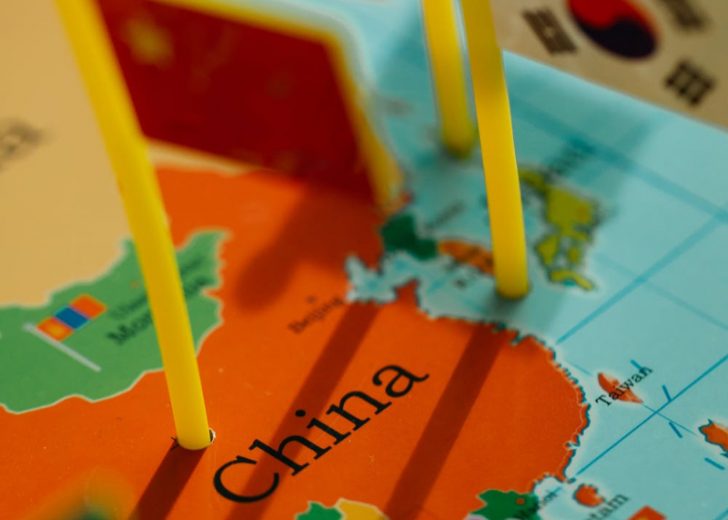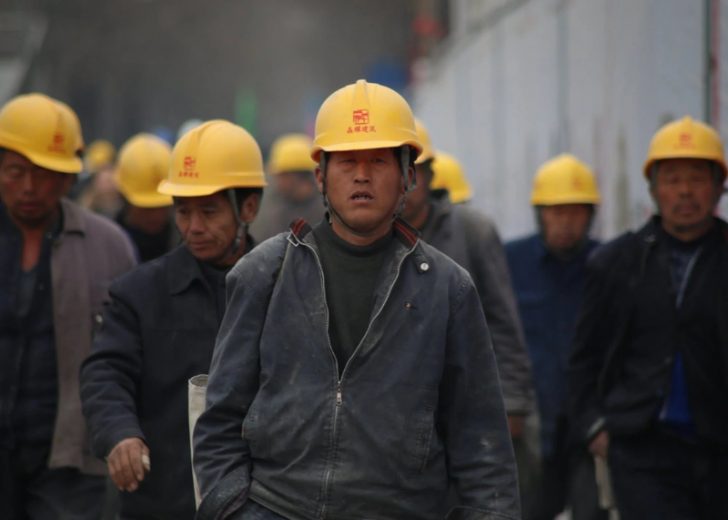Several years ago, China made a promise to the world that it would double its GDP by the end of the decade and snatch the title of the world’s most powerful economy from the United States. Now that 2020 is finally here, the country is on the cusp of realizing its dream.

Current Challenges
Despite the escalating challenges it faces from the West over tariffs and trade, China is fighting to keep its economic momentum going.
The export movement started somewhere in the late 1970s, when China’s currency was extremely devalued and its labor cheaper than it was ever before.
The country also had a robust factory structure which meant that it could mass-produce products and ship them to open markets around the world.
The economies of scale worked in favor of the world’s most populated nation, propelling it to become a formidable superpower that could soon become the biggest economy ever.

With a current GDP of 13.1 trillion, China is already No.2, right behind the United States – but not for long. According to predictions, the country’s GDP is expected to grow by 6 percent, by which point the country’s economy would have doubled from what it was in 2011.
Declining Growth
But many are still skeptical about the nation’s fate in the face of an escalating trade war with the U.S. which will transpire new challenges to slow down its economic growth.
The signs of a slowdown are already beginning to show, with the GDP growth less than half of what it was in 2007. According to a World Bank report, the country’s revenue was speeding up by 14.2 percent in the year, but now it has slid down to 7 percent.

There is no doubt that China is a leader in technological innovation on a global scale, but over the past few years, its economy has taken a serious hit due to the rising tariffs, low manufacturing output and increasing cost of labor.
However, there’s an upside to this story. Plans are underway to bring more people from the countrysides to populate China’s main supercities, to replace the aging population that is slowing down the production output.
This new urbanization phase could really propel China towards meeting its goal by the end of 2020 and bring its economic growth back on track.




